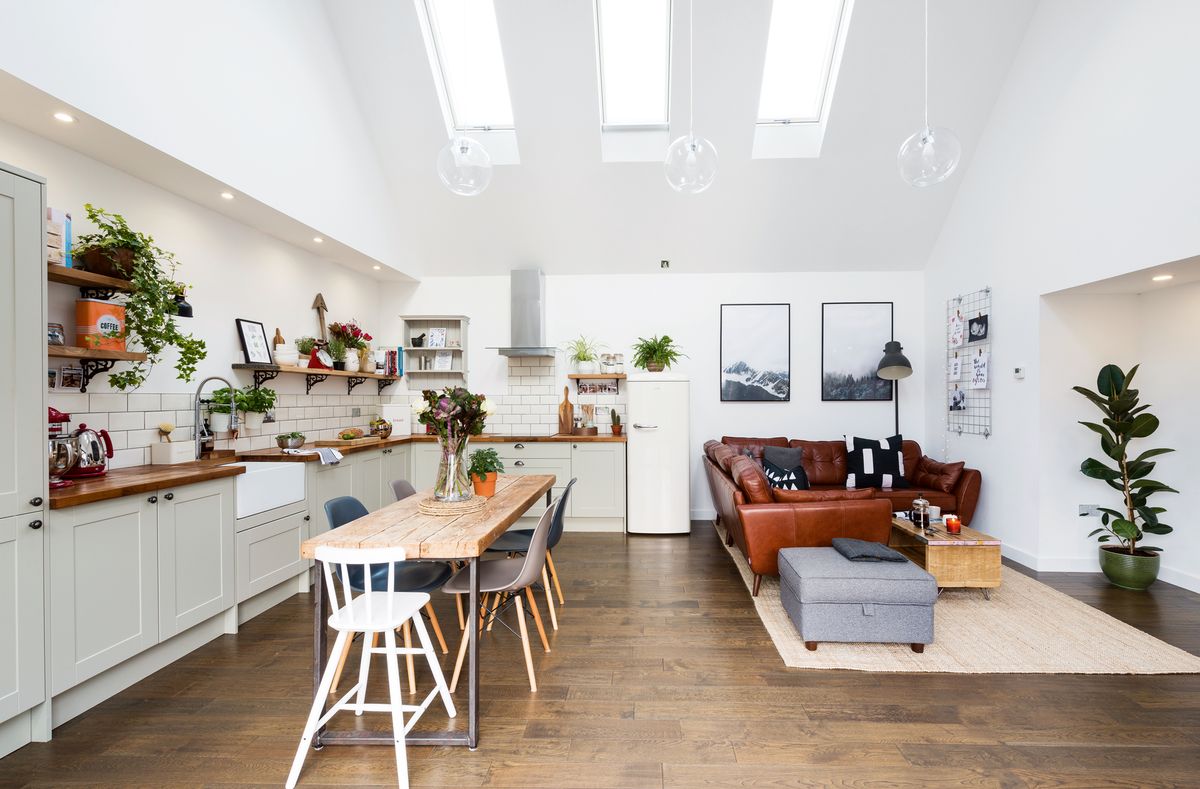Do you have an old farmhouse that needs some TLC? Have you considered renovating it for a while but are unsure where to start? Renovating a farmhouse is no small project and can be pretty daunting. There are many important factors to consider when planning a renovation – budget, materials, contractors, and timeline.
To help you get started, this article will provide comprehensive information on what you should know when planning a farmhouse renovation project from start to finish.
Table of Contents
Understand the Needs of Your Farmhouse Renovation Project
Before you start, it’s essential to understand what your renovation project entails. Are you looking to do something as simple as a paint job or plan a full-scale remodel? It’s best to have a clear idea of the scope of your project before beginning so that you can plan accordingly.
You can assess the needs of your farmhouse by creating a list of desired changes and identifying any potential problems that need to be addressed. Most importantly, you should contact a professional if you’re unsure about any aspect of the project. This will give you more clarity on what needs to be done and how best to do it.
Create a Budget and Timeline for the Construction Project
Once you have a detailed understanding of the project, it’s vital that you create a budget. This will help guide your decisions on materials, contractors, and other factors throughout the renovation process.
When creating a budget for the farmhouse renovation, be sure to factor in unexpected costs such as delays or additional labor. You should also consider setting aside some money for contingencies if you need to make unexpected changes during the renovation.
In addition to budgeting, creating a timeline for the construction project is essential. This will help keep things moving smoothly and ensure the renovation stays on track. Determine deadlines for each process step so everyone knows when things must be completed.
Choose Sustainable Materials for Construction
Now that you have a budget and timeline, it’s time to choose the suitable materials for your farmhouse renovation. Consider opting for sustainable materials to help reduce your carbon footprint. Eco-friendly options such as bamboo flooring or energy-efficient windows can also save you money in the long run.
For example, consider choosing solid wood or composite materials if you want to replace the farmhouse exterior doors. These materials are more durable and can provide better insulation for your home, saving you money on energy bills in the future.
Find a Reputable Contractor for Your Farmhouse Renovation
Once you have all of the other elements in place, it’s time to find a reputable contractor for your farmhouse renovation. You can start by asking for recommendations from friends and family or look online for reviews. Make sure to research the credentials of any contractors you’re considering and their past projects and prices.
Writing everything before beginning the project with a contractor is also essential. Have a written agreement that outlines the project, budget, timeline, and other details. This will ensure no misunderstandings and help both parties stay on track.
Working with a reputable contractor can make your farmhouse renovation project run smoothly from start to finish. So take your time when choosing the right contractor for your needs.
Prepare Necessary Documents for Building Permits & Inspections
Before the renovation begins, you must obtain any necessary permits and inspections. Depending on where you live, this may include a building permit, electrical permit, plumbing permit, and more. Research the laws in your area to know what paperwork you need before beginning the project.
Your contractor should be able to help you with the paperwork, but it’s always best to do your research. This will ensure all necessary documents are in order before beginning the farmhouse renovation project.
Conclusion
Renovating a farmhouse is no small feat and requires careful planning from start to finish. It’s essential to understand the needs of your project, create a budget and timeline, choose sustainable materials, hire a reputable contractor, and prepare all necessary documents for building permits and inspections. Doing so can help the project run smoothly from start to finish.
















